Not all danger comes with sharp teeth and menacing growls.
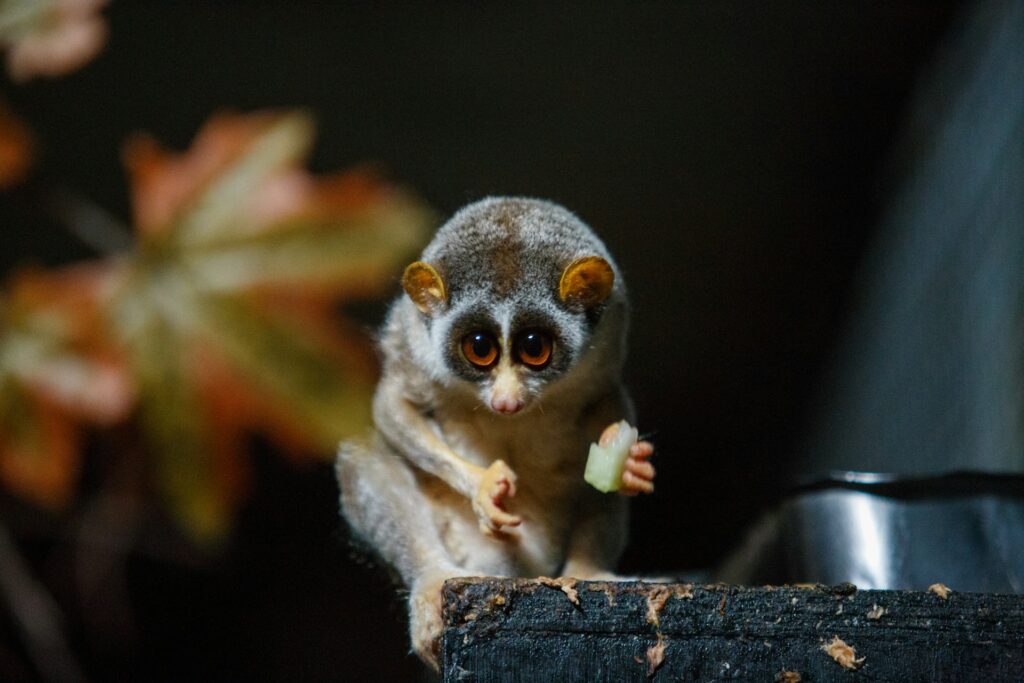
In fact, some of the world’s deadliest animals are the ones that look like they’d pose for selfies or nap in your lap. From tiny sea creatures to wide-eyed mammals, these innocent-looking species can catch you off guard in the worst way. Some carry lethal venom, others have brute strength hidden beneath a cute face. Either way, don’t let appearances fool you—these animals are as dangerous as they are deceptive.
1. Blue-Ringed Octopus
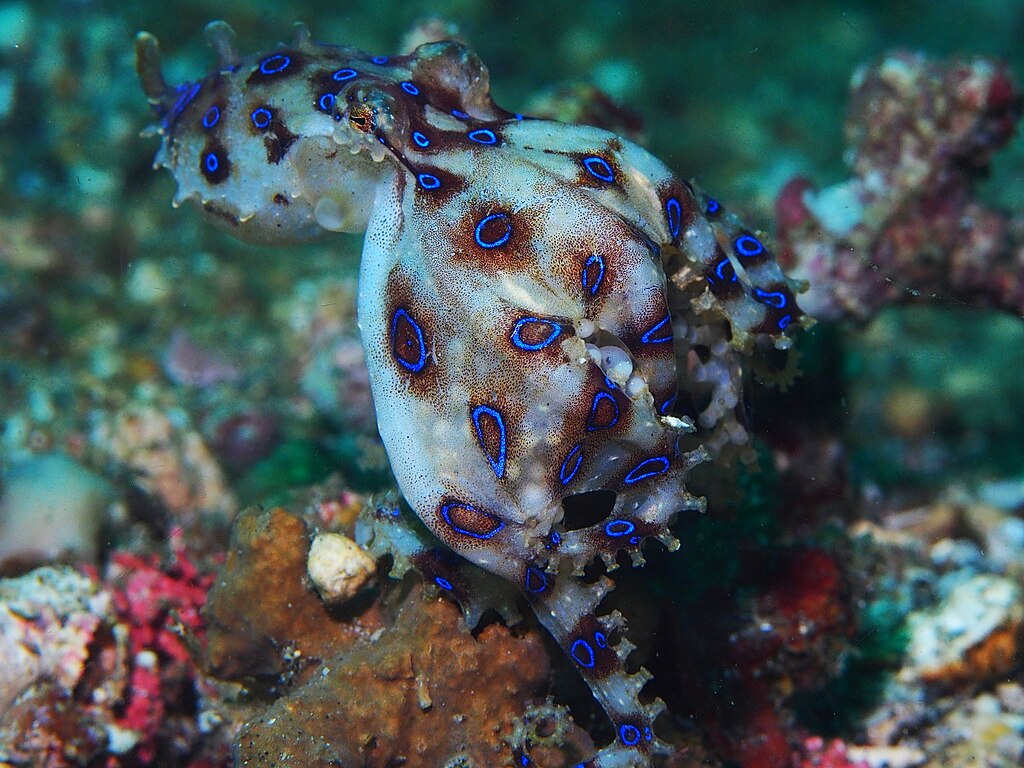
It looks like a living marble—small, smooth, and decorated with glowing blue rings. But this tiny octopus carries enough venom to kill multiple humans within minutes. And here’s the real kicker: its bite is nearly painless, so many victims don’t realise anything’s wrong until paralysis sets in.
There’s no known antidote. The only way to survive is immediate medical support and artificial respiration until the toxin wears off. A stunning reminder that even something the size of a ping-pong ball can be deadly if underestimated.
2. Slow Loris
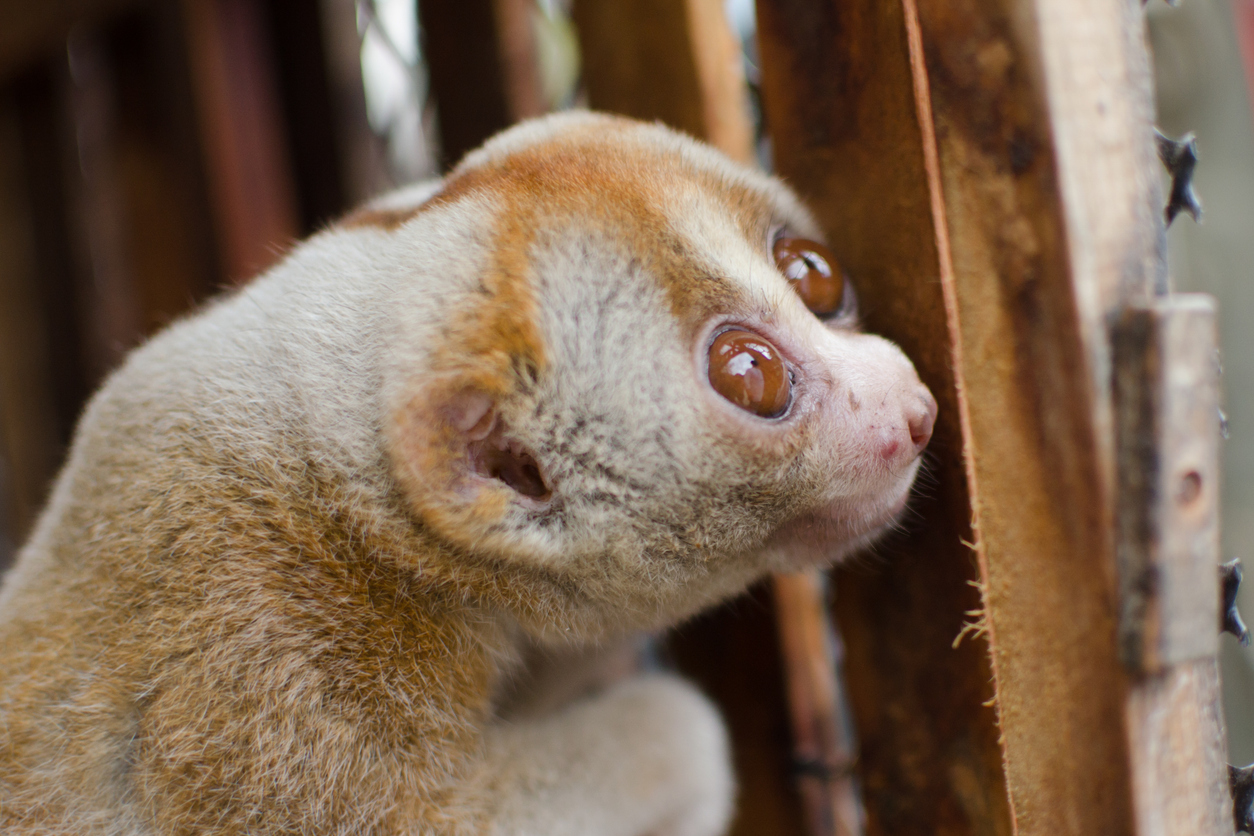
With its big eyes and slow, clumsy movements, the slow loris looks like a shy cartoon character brought to life. But this nocturnal primate produces venom from glands on its arms—and when it licks or rubs that venom onto its teeth, a bite becomes toxic.
The venom can cause swelling, intense pain, and in some cases, anaphylactic shock. Their appearance says “cuddle me.” Their biology says, “think twice.”
3. Cone Snail
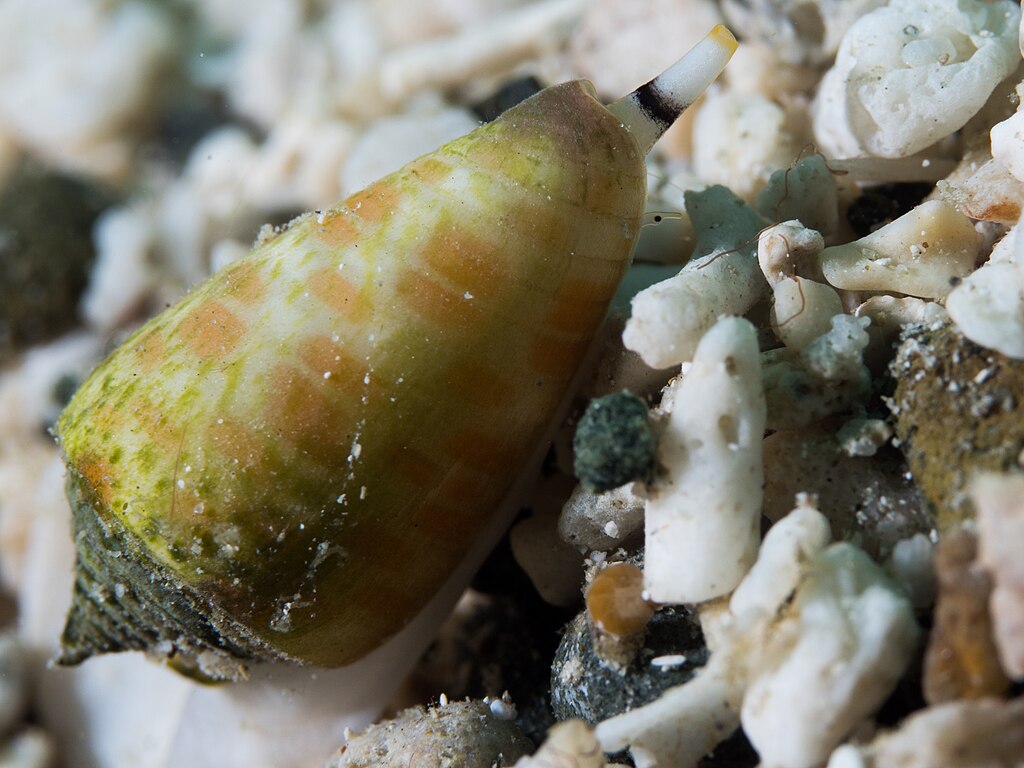
These sea snails are stunning—sleek shells with intricate patterns that you’d expect to find on a necklace, not a nightmare. But inside is a venomous harpoon that they launch at prey (and occasionally humans) with terrifying speed. The venom can paralyse muscles, stop the heart, and in extreme cases, kill within hours. And since they’re found in tropical waters, you might step on one without even knowing what it is. Definitely admire from a distance.
4. Cassowary
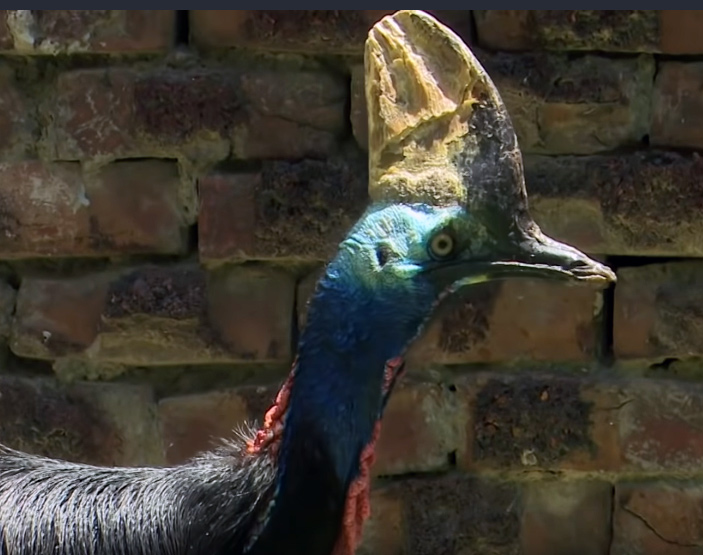
It looks like a flamboyant bird from a prehistoric jungle—and that’s not far off. The cassowary is related to emus and ostriches but with more aggression, more muscle, and a dagger-like claw that can slice through flesh. They’re known to attack when threatened, often charging or kicking with enough force to seriously injure or even kill. It’s one of the rare birds you absolutely don’t want to turn your back on.
5. Pufferfish

Round, balloon-like, and comically expressive, pufferfish are favourites in cartoons and aquarium displays. But behind the cute appearance is tetrodotoxin, a chemical that’s 1,200 times more toxic than cyanide. It affects the nervous system, causing paralysis and potentially death. Even trained chefs must go through rigorous licensing to prepare it safely in sushi dishes like fugu. One wrong cut, and it’s game over.
6. Swan
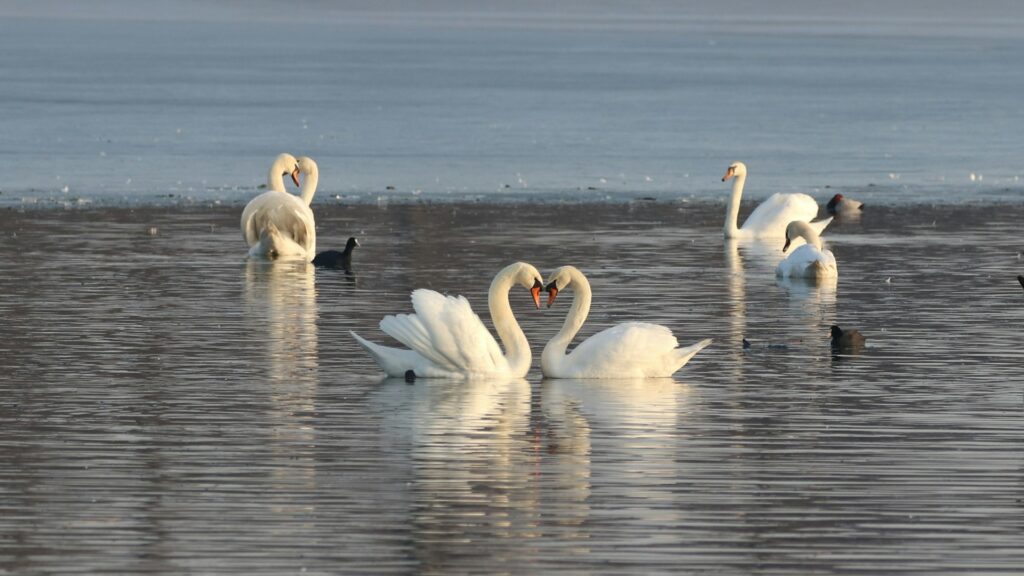
Regal, graceful, and the embodiment of peaceful ponds everywhere—until you get too close. Swans are fiercely territorial, especially during nesting season, and they aren’t afraid to charge at humans, dogs, or anything that looks remotely threatening. Their wings are powerful enough to break bones, and their aggression has led to hospitalisations (and in one tragic case, a drowning). That calm glide across the water? It’s more of a warning than a welcome.
7. Platypus
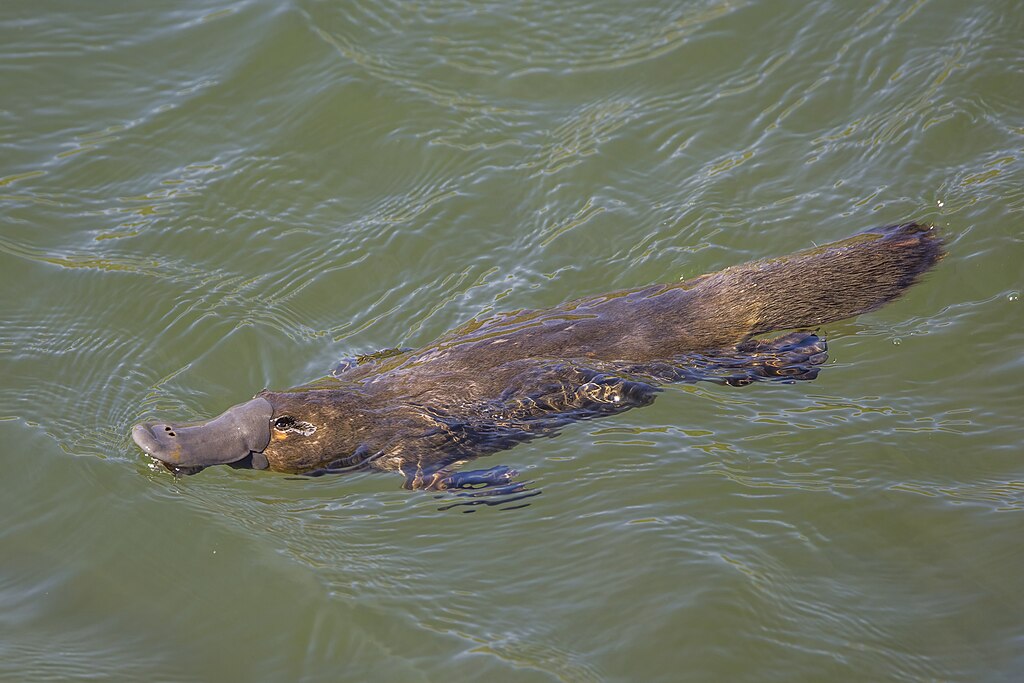
Already an oddball in the animal kingdom—with its duck bill, beaver tail, and egg-laying habits—the platypus adds one more twist: venom. Male platypuses have spurs on their hind legs that deliver a toxic cocktail capable of causing searing pain and long-lasting swelling. It’s not lethal to humans, but it’s debilitating enough that some victims report being in agony for weeks. Just one more reason to keep a respectful distance from Australia’s most bizarre native.
8. Poison Dart Frog
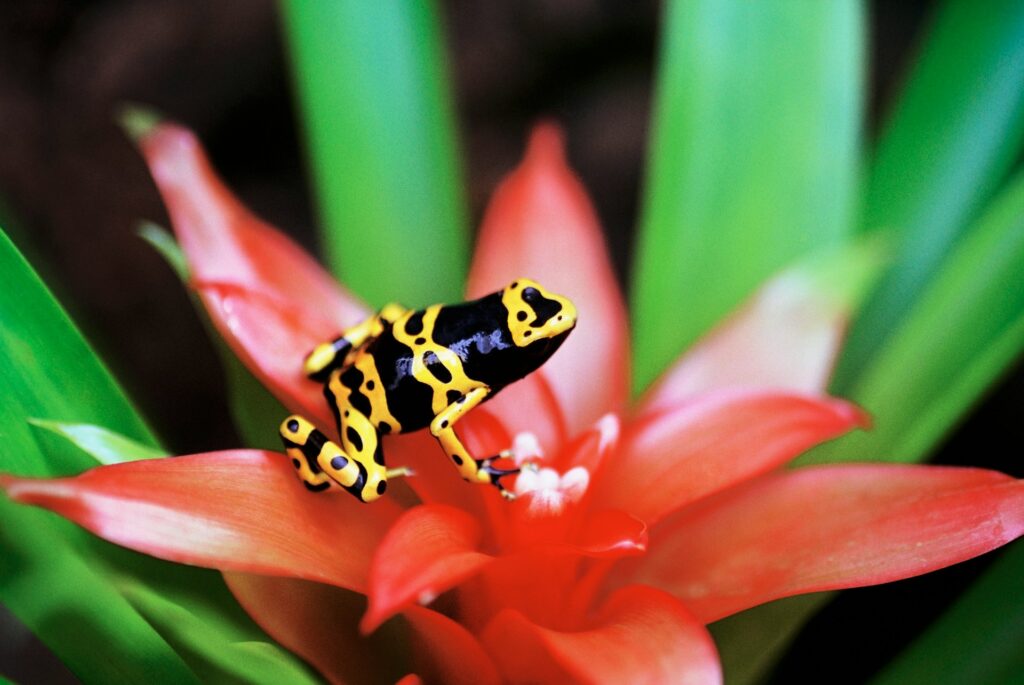
They look like jelly beans with legs—tiny, glossy, and dazzlingly bright. However, those colours aren’t for show—they’re a warning. These frogs secrete batrachotoxin, one of the most potent poisons in nature, through their skin. Some species carry enough toxin to kill ten humans. Indigenous communities once used their skin secretions to tip blow darts for hunting, which is how they got their name. A lethal little package in a neon suit.
9. Leopard Seal
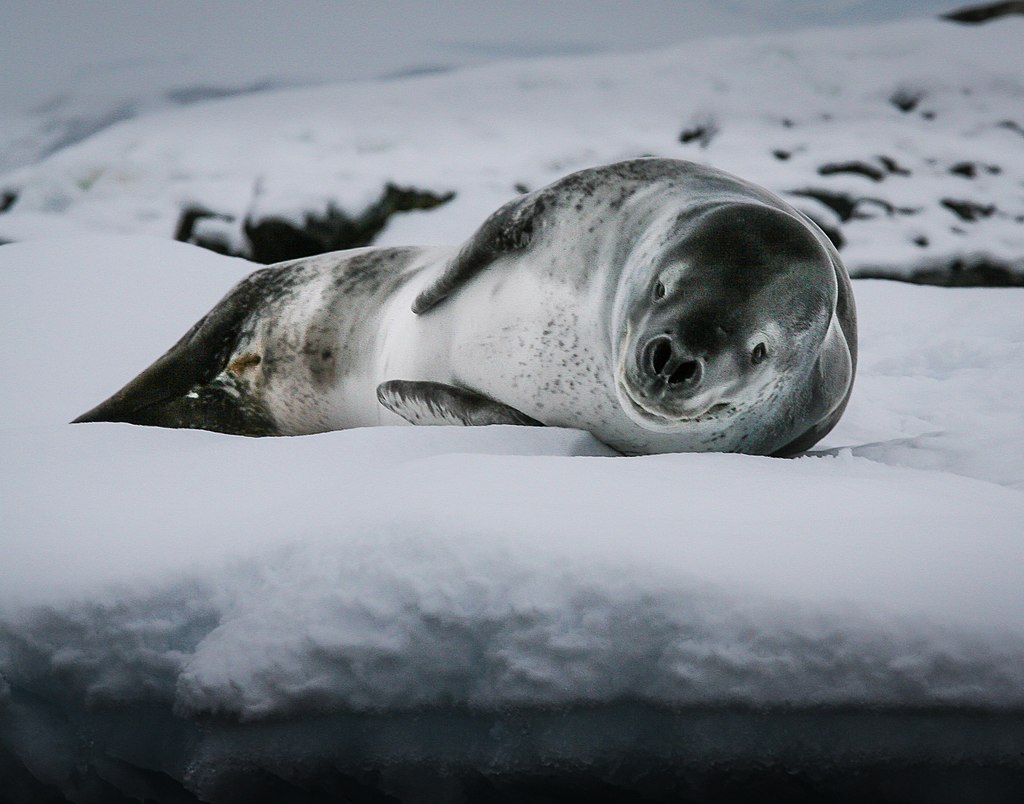
Most seals are floppy, goofy ocean dogs. But the leopard seal? That’s a different story. Sleek, muscular, and solitary, they’re apex predators in Antarctica—capable of taking down penguins, fish, and even sharks. They have powerful jaws, razor-sharp teeth, and are known to be aggressive if approached. One fatal human encounter occurred when a researcher was dragged underwater. Cute face. Serious bite.
10. Muntjac Deer
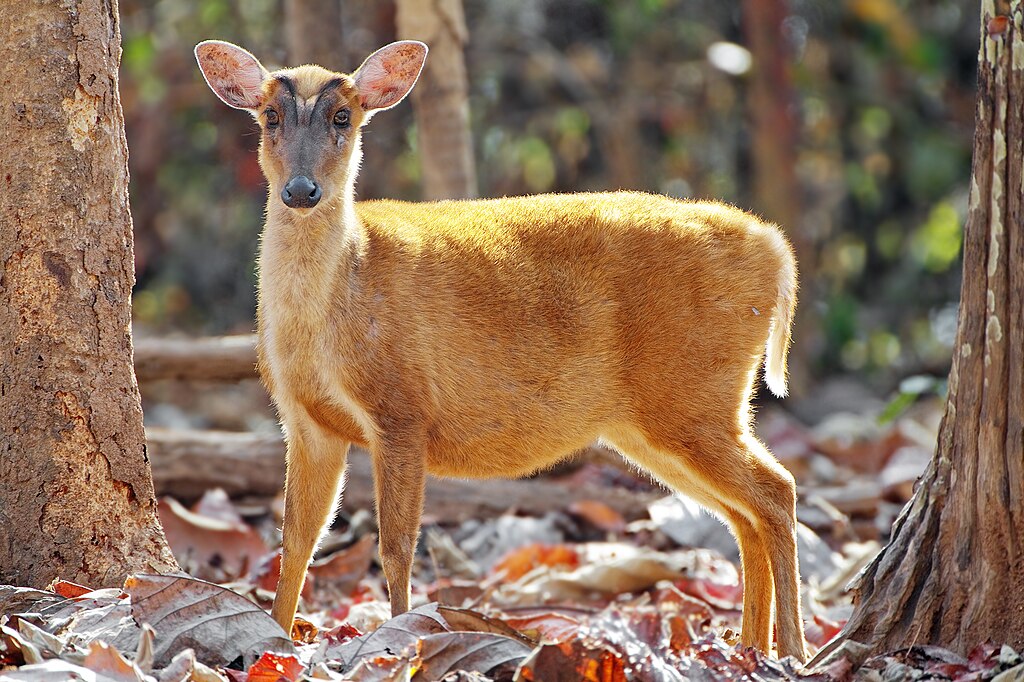
They’re tiny, often no bigger than a large dog, and have an almost gentle presence. But male muntjac deer grow small, sharp tusks—and they know how to use them. During mating season, they’ve been known to fight viciously and lash out at humans who get too close. They won’t chase you down the street, but corner one or startle it, and those tusks can leave a mark. They’re living proof that even the most Bambi-like creatures can defend themselves.
11. Dingo
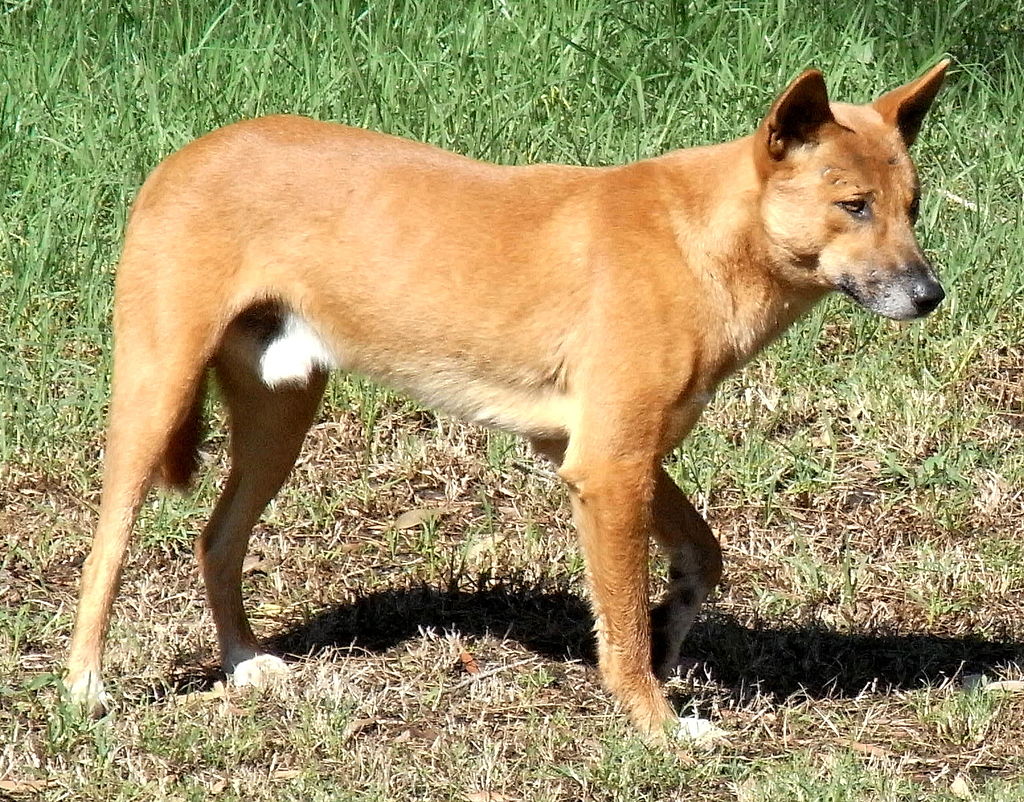
With their sandy coats and curious eyes, dingoes look like friendly strays. But they’re wild animals, and when food is involved, they become unpredictable. In Australia, they’ve attacked campers, hikers, and tourists—sometimes with fatal consequences. Despite their dog-like appearance, dingoes are not domesticated. Feeding or approaching them might seem harmless, but it teaches them to associate humans with food, and that rarely ends well for anyone.
12. Domestic Cat

Cats might rule the internet, but even your purring lap-warmer has a darker side. A scratch or bite from a cat—especially if it breaks the skin—can lead to serious infections, including Pasteurella or cat scratch disease.
Stray and feral cats pose even more risk due to bacteria and parasites. And while they rarely mean harm, cornering or upsetting a cat can turn a fluffy companion into a clawed, defensive blur in seconds.
13. Beaver
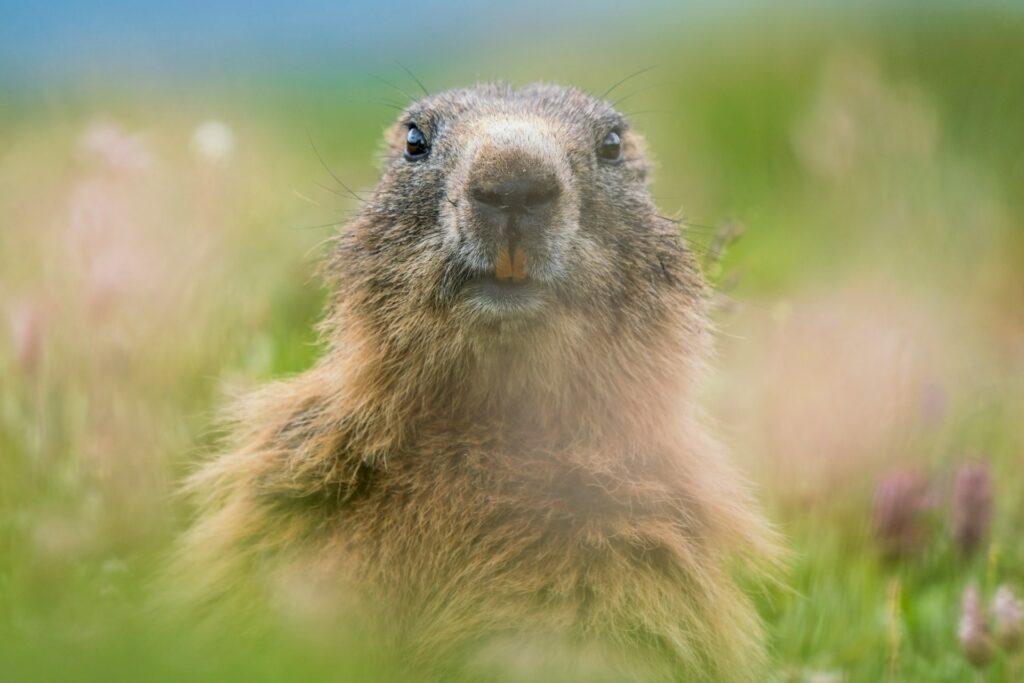
They look like chubby, hardworking cartoon characters building dams in peaceful rivers, but beavers are strong, territorial, and equipped with massive teeth that can cause serious harm. When they feel threatened, they don’t hesitate to bite. There have been rare but shocking cases of fatal beaver attacks, including one incident where a man died from blood loss after being bitten in the thigh. They may look like plush toys, but their bite means business.
14. African Buffalo
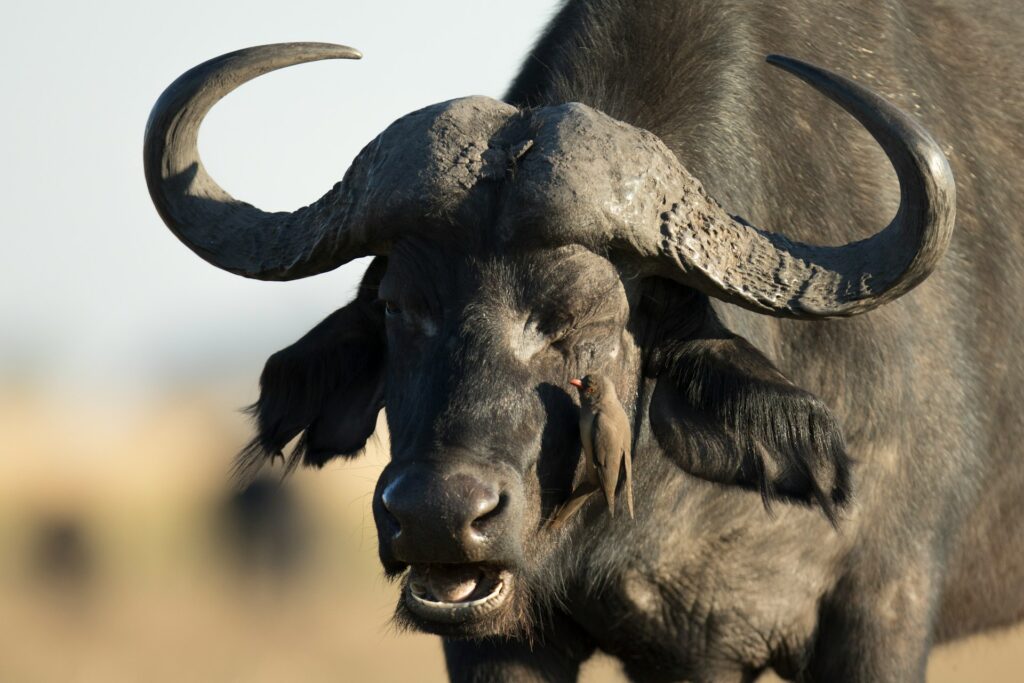
They resemble slow-moving, grass-munching cattle, but African buffalo are anything but docile. When threatened, they’re known to charge at terrifying speeds with no warning—and their horns are designed to do serious damage. They’re responsible for more deaths in Africa than most predators, including lions. Hunters call them “the black death” for a reason. These aren’t just cows with an attitude—they’re tanks on hooves.